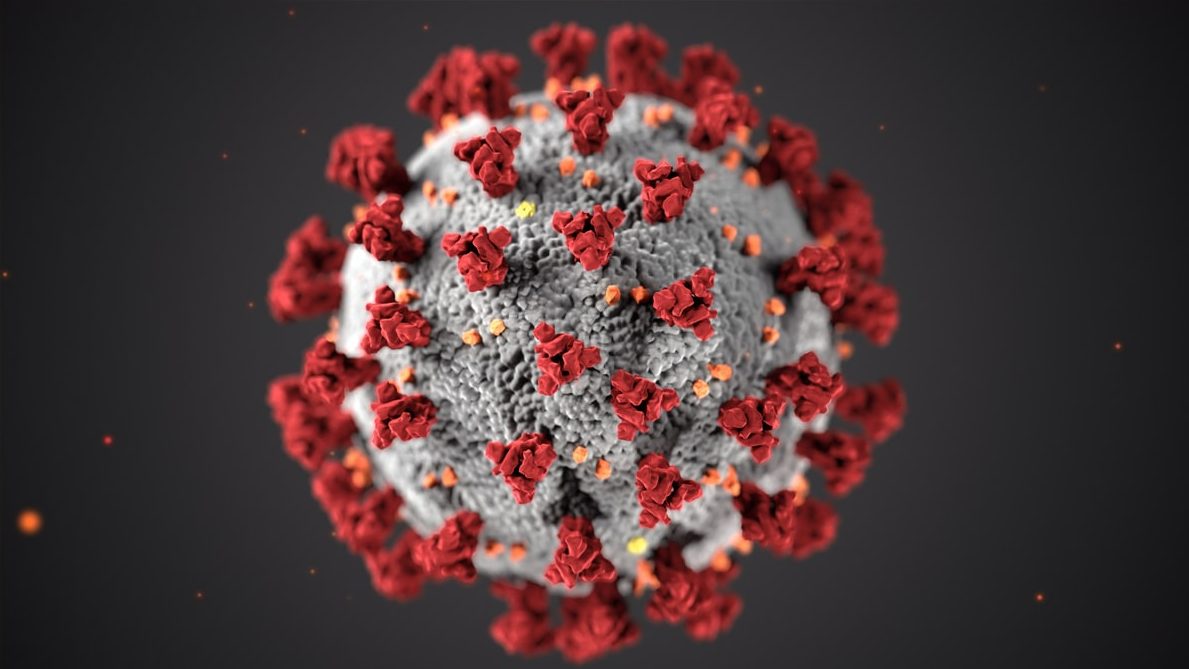A new wave of coronavirus infections is rapidly spreading through Asia.
This prompted warnings for residents from New Zealand to Japan to take precautions to slow the outbreak and help prevent healthcare systems from being overwhelmed.
The renewed surge in cases, mostly of the BA.4/5 Omicron variants, provides a further challenge for authorities grappling with the economic fallout of earlier waves of the pandemic while trying to avoid extending or reintroducing unpopular restrictions.
However, the New Zealand government on Thursday announced free masks and rapid antigen tests as it tries to relieve pressure on the country’s health system.
The country which is dealing with an influx of both COVID and influenza patients during the southern hemisphere winter.
“There’s no question the combination of a spike in COVID-19 cases and hospitalisations, the worst flu season in recent memory and corresponding staff absences are putting health workers and the whole health system under extreme pressure,’’ Ayesha Verrall, Minister for COVID-19 Response, said in a statement.
New Zealand, which has a population of 5.1 million, has almost 69,000 currently infected with the virus, out of this, 765 cases are in the hospital, which has caused increases in wait times and surgeries to be cancelled.
In Japan, new COVID-19 cases have surged to levels not seen since early this year.
The government has called on people to be especially careful ahead of an upcoming long weekend and imminent summer school vacations.
Japan reported almost 95,000 cases on Wednesday and newly infected patients have increased by 2.14 fold compared to the last week, according to a government spokesperson.
“The number of new cases is rising in every prefecture in Japan, and it seems to be rapidly spreading,’’ Health Minister Shigeyuki Goto said at the start of a committee meeting on dealing with the Coronavirus.
Tokyo raised its alert level to the highest tier.
“Tomorrow, we will hold a meeting of the task force to decide on measures to be taken this summer, taking into consideration the national trend and the opinions of experts,’’ Tokyo Governor Yuriko Koike said at a meeting.
Like New Zealand, South Korea was praised for its response early in the pandemic, but by Wednesday, daily cases there had tripled in a week to more than 39,000.
Officials and experts expect South Korea’s new daily cases to reach 200,000 by around mid-August to end-September and are expanding inoculations of booster shots but not planning renewed curbs.
Australia warned it could be hit with its worst COVID-19 outbreak over the next few weeks fuelled by the BA.4/5 Omicron variants.
Authorities said “millions’’ of new infections could be expected, but ruled out any tough restrictions to contain the spread.
`We’ve moved beyond that we’re not in the era of lockdowns and those sorts of things,’’ Federal Health Minister Mark Butler told radio station 2GB, even as he urged Australians to consider working from home again.
Australian hospital admissions are already hovering near levels seen in the last major Omicron outbreak earlier this year with its health system also under pressure from high COVID and influenza numbers.
While cases in Thailand have trended down, infections in Indonesia have picked up, reaching the highest since March.
New infections and hospitalisations in the Philippines remain low, but the government has warned case numbers could rise at least 20 fold by the end of the month.
Manila is urging more people to get their booster shots as health ministry data shows only a quarter of eligible adults have received their first booster as of July 12.
Mainland China has reported an average of over 300 locally transmitted COVID daily infections in July, higher than around 70 in June, as Beijing’s strict “dynamic COVID-zero’’ policy helps keep local clusters in check and has prevented any overwhelming of hospitals.(Reuters/NAN)

